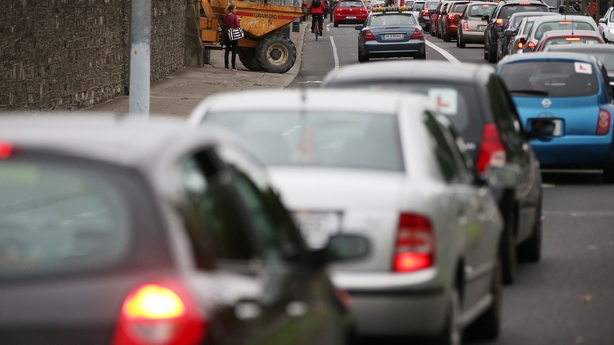There were more people working in Ireland in 2016 than in 2011, according to an analysis of the latest census, but the labour force participation rate fell slightly.
The number of retired people also increased substantially in this period.
The Census 2016 Summary Results published by the CSO show that there were 2,304,037 people in the labour force in April 2016, an increase of 3.2% on the 2011 figure.
However, the percentage of the population aged over 15 participating in the workforce fell by half a percent to 61.4%.
This labour force participation rate is measured as the number in the labour force - at work or unemployed - expressed as a percentage of the total population aged 15 and over.
The male participation fell to 67.8%, bringing it back below 2002 rates, while female participation continued to increase and stood at 55.2% in April 2016.
The number of retired people in Ireland increased by almost a fifth between 2011 and 2016 to 545,407.
The number of non-Irish nationals at work increased by almost a tenth in the period and stood at 293,830 in April 2016.
The number of women looking after the home or family continued to decline, falling by 11.5% between 2011 and 2016, while the number of men in this category increased by 15% over the five years taking the total to 20,747, representing almost 7% of all homemakers.
Unemployment blackspots
There were 79 unemployment blackspots in the country last April where more than 27% of the workforce declared themselves as being unemployed, according to the CSO analysis.
By far the highest number of blackspots was in Limerick City and County where the average unemployment rate in 18 electoral districts was 35.7%.
This was followed by Waterford City where 31.5% of the workforce in 9 electoral districts declared in the census that they were unemployed.
Dublin City recorded 7 similar unemployment blackspots with 4 more in South Dublin.
Cork City had five electoral districts where unemployment rates according to the Census measure of unemployment averaged 32.7%.
The census also found that that, for the country as a whole, the percentage of people who declared themselves unemployed was 12.9%, which was twice as high as the official live register numbers suggest.
Nationally, the census measure of unemployment was particularly high among younger people with 43.6% of those aged 15 to 19 saying they were unemployed as well as 21.8% of those aged 20 to 24.
The figures also showed an increase of 10.7% in the numbers of people commuting to work which stood at 1.88 million people in April last year.
The number of people driving themselves to work went up by 85,180 and now stands at 1,152,631.

In addition, another 77,335 travel to work as passengers in a car.
This compares to a total of 174,569 who use public transport, an increase of 30,144.
The number of people cycling to work increased by 39,803 to 56,837 over the five year intercensal period.
The number of disabled people rose by 48,000 and stood at 643,000 in April 2016.
The number of carers has has increased by 8,200 to 195,263, which is 4.1% of the population. The number of hours spent caring has also increased.

